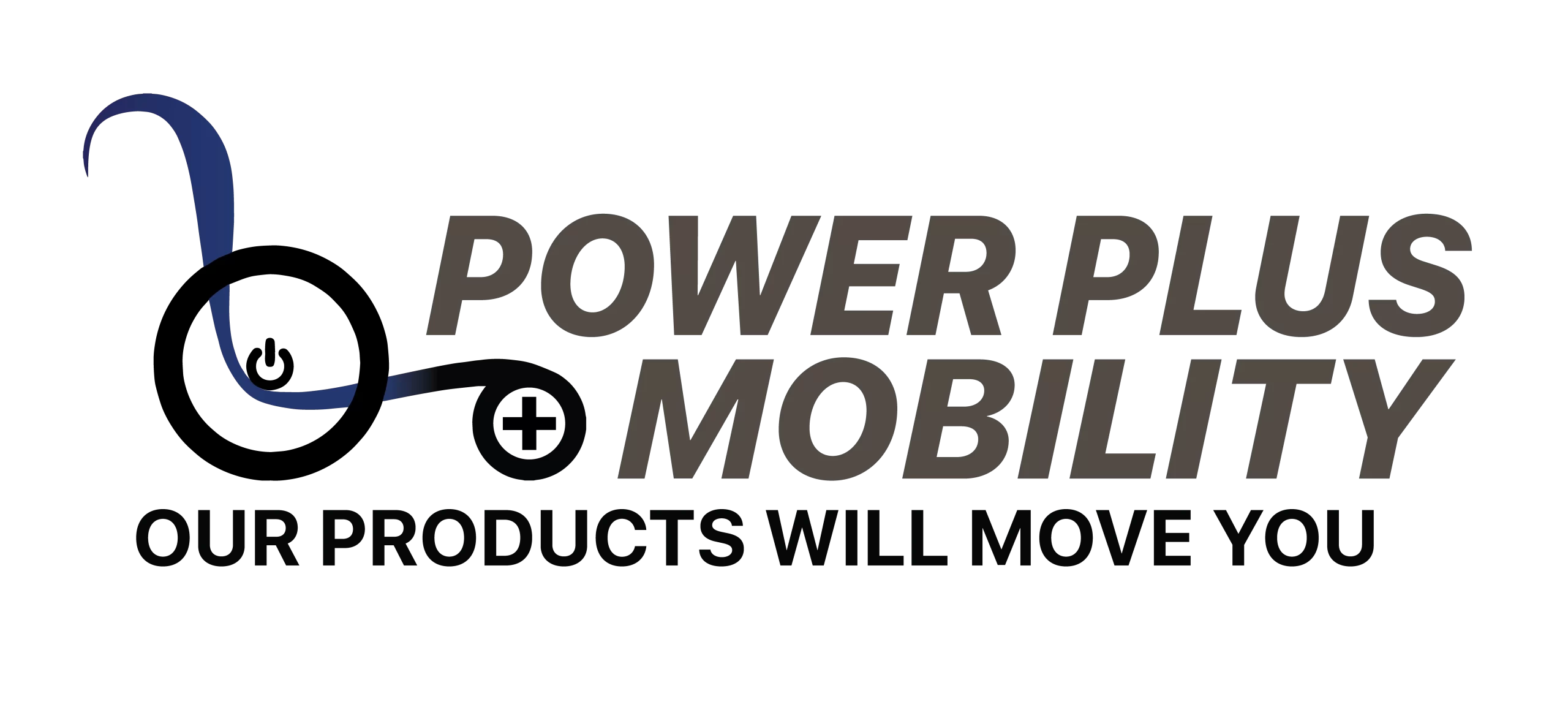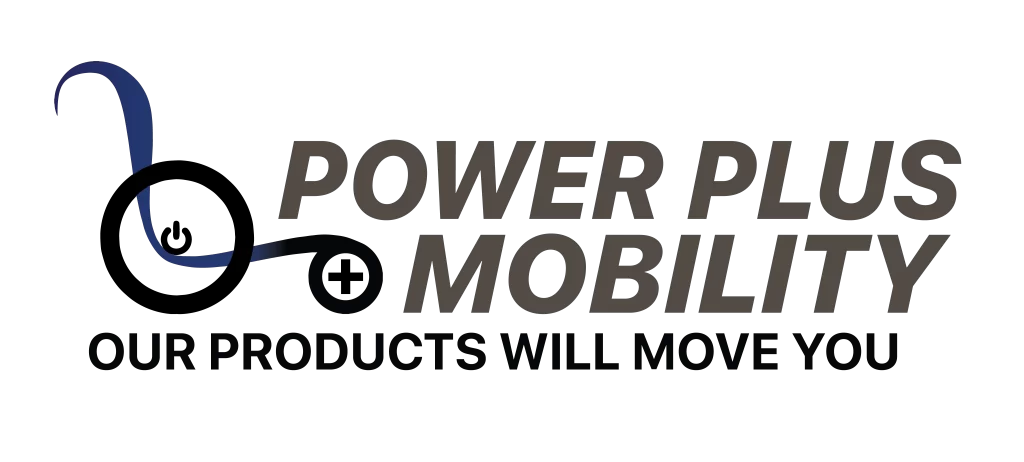
Returning to work or starting a new career as a wheelchair user can feel overwhelming, but with proper planning, the right equipment, and knowledge of your rights, professional success is entirely achievable. In Canada, workplace accessibility has evolved significantly over the past decades, with legislation, technology, and social awareness creating more inclusive work environments than ever before. At Power Plus Mobility, we understand that your wheelchair isn’t just about daily mobility – it’s about empowering your professional aspirations and career goals.
The intersection of workplace accommodation, personal mobility needs, and career advancement requires careful consideration of multiple factors that extend far beyond basic accessibility requirements. Choosing the right wheelchair for professional use involves understanding how workplace demands, environmental factors, and career aspirations influence equipment selection and customization needs.
Canadian workplaces are governed by human rights legislation that protects the rights of employees with disabilities, but understanding these rights and effectively advocating for appropriate accommodations requires knowledge, preparation, and often persistence. Your success depends not only on legal protections but also on practical strategies that demonstrate your capabilities while addressing legitimate workplace accessibility needs.
Understanding Your Rights Under Canadian Law
The Canadian Human Rights Act and provincial human rights codes establish the legal framework for workplace accommodation, requiring employers to provide reasonable accommodations that enable qualified employees with disabilities to perform their job functions effectively. These protections extend beyond basic physical accessibility to encompass all aspects of employment, from recruitment and hiring through career advancement and workplace culture.
The duty to accommodate requires employers to modify workplace policies, procedures, and physical environments to eliminate barriers that prevent employees with disabilities from participating fully in work activities. However, accommodation requirements are limited by undue hardship considerations, which balance accommodation costs against employer resources and business operations.
Understanding what constitutes reasonable accommodation helps you advocate effectively for workplace modifications while maintaining realistic expectations about what employers can provide. Documentation from healthcare professionals, including recommendations for specific wheelchair features or workplace modifications, strengthens accommodation requests and helps employers understand your needs.
Workplace accommodation extends beyond physical modifications to include flexible work arrangements, modified equipment, adjusted work schedules, and alternative task assignments that enable you to contribute effectively while managing disability-related limitations. Essential tips for enhancing mobility and independence often include strategies for workplace integration that benefit both employees and employers.
Workplace Environment Assessment and Modification
Successful workplace integration begins with comprehensive assessment of physical accessibility, workflow requirements, and potential barriers that could affect job performance or safety. This assessment should evaluate everything from building access and parking availability to workstation design and emergency evacuation procedures.
Entrance accessibility involves more than doorway width, encompassing door operation mechanisms, threshold heights, vestibule space, and weather protection that affects daily access reliability. Canadian climate considerations become particularly important for wheelchair users who must navigate icy walkways, snow accumulation, and temperature extremes that can affect both personal comfort and equipment performance.
Workstation design requires careful attention to desk height, clearance space, reach requirements, and equipment positioning that enables efficient task completion without compromising comfort or health. Adjustable workstations, keyboard trays, and monitor positioning help create ergonomic setups that prevent repetitive strain injuries while accommodating wheelchair-specific positioning needs.
Storage accessibility affects daily work efficiency and independence, requiring consideration of filing systems, supply storage, and personal item accessibility that doesn’t require assistance from colleagues. Workplace organization strategies that maximize independence while maintaining professional efficiency demonstrate your capability and reduce accommodation complexity.
Selecting Professional-Grade Wheelchair Features
Workplace wheelchair requirements often differ significantly from home or recreational use patterns, demanding features that prioritize reliability, professional appearance, maneuverability in confined spaces, and extended comfort during long work periods. Proper wheelchair maintenance becomes particularly critical when equipment failure could affect work attendance or job performance.
Professional environments typically require wheelchairs with enhanced maneuverability for navigating between workstations, meeting rooms, and collaborative spaces. Compact turning radius, precision steering, and quiet operation help ensure that your mobility equipment enhances rather than restricts workplace participation.
Durability and reliability take on added importance in professional settings where equipment failure could affect attendance, productivity, or safety. High-quality components, redundant safety systems, and preventive maintenance protocols help ensure consistent performance that supports professional reliability and career advancement.
Appearance considerations in professional environments may influence wheelchair selection, with options for customization that projects professional competence while reflecting personal style. Canadian manufacturing capabilities at Power Plus Mobility enable customization options that balance professional requirements with individual preferences and functional needs.
Technology integration capabilities allow workplace wheelchairs to accommodate laptops, communication devices, and assistive technology that enhance job performance and independence. Mounting systems, power outlets, and ergonomic positioning help create mobile workstations that support productivity while maintaining comfort throughout work periods.
Navigating Workplace Disclosure and Accommodation Requests
Deciding when and how to disclose disability status involves balancing legal protections, professional relationships, and practical considerations that affect both hiring outcomes and workplace integration success. Canadian law protects against discrimination while recognizing that some disclosure may be necessary to ensure appropriate accommodations and safety measures.
Pre-employment disclosure strategies depend on whether disability status is apparent and whether accommodation needs affect essential job functions. Understanding job requirements, workplace environment, and accommodation possibilities helps inform disclosure timing and content that maximizes positive outcomes.
Accommodation request processes typically require medical documentation, specific modification requests, and collaborative problem-solving that identifies effective solutions while maintaining workplace efficiency and safety standards. When wheelchair repairs are needed, having workplace contingency plans demonstrates professionalism while ensuring continued productivity during equipment issues.
Documentation strategies should include healthcare provider recommendations, specific accommodation requests, and ongoing communication that ensures accommodation effectiveness while addressing changing needs or workplace modifications over time.
Technology and Assistive Equipment Integration
Modern workplaces increasingly rely on technology integration that can enhance accessibility while improving productivity for wheelchair users. Understanding how assistive technology, workplace equipment, and personal mobility devices work together helps create comprehensive solutions that support career advancement and professional success.
Computer accessibility involves keyboard modifications, alternative input devices, and software solutions that accommodate reach limitations, strength considerations, or coordination challenges that may accompany mobility limitations. Voice recognition software, alternative keyboards, and specialized pointing devices can dramatically improve computer productivity while reducing physical strain.
Communication technology integration helps wheelchair users participate fully in meetings, presentations, and collaborative activities through wireless microphones, presentation remote controls, and video conferencing solutions that accommodate positioning limitations while maintaining professional effectiveness.
Workspace mobility solutions include adjustable desks, mobile workstations, and equipment positioning systems that enable efficient task completion while accommodating wheelchair-specific positioning and reach requirements. These solutions often benefit all employees while providing specific advantages for wheelchair users.
Career Development and Professional Growth
Wheelchair use should not limit career advancement opportunities, but successful professional growth often requires strategic planning that addresses accessibility considerations while demonstrating competence and leadership capabilities. Understanding how to navigate professional development while managing accommodation needs helps ensure that mobility limitations don’t become career limitations.
Professional networking strategies must account for accessibility considerations at conferences, professional meetings, and social events while maintaining focus on skill development and relationship building. Understanding when to upgrade your wheelchair may become important as career advancement creates new demands or opportunities that require enhanced mobility capabilities.
Leadership development opportunities should be pursued actively, with accommodation needs addressed proactively rather than waiting for barriers to emerge. Many successful executives and business leaders use wheelchairs, demonstrating that mobility limitations need not restrict professional aspirations.
Mentorship relationships can provide valuable guidance for navigating workplace challenges while developing professional skills and career strategies. Both formal mentorship programs and informal relationships help build networks that support long-term career success.
Emergency Preparedness and Workplace Safety
Workplace emergency procedures require special consideration for wheelchair users, including evacuation plans, emergency communication systems, and safety protocols that ensure protection during fire, medical, or security emergencies. Understanding and practicing emergency procedures helps ensure both personal safety and workplace compliance with safety regulations.
Evacuation planning involves identifying accessible exit routes, emergency assistance procedures, and equipment considerations that enable safe building evacuation during emergencies. Personal emergency evacuation plans should be developed collaboratively with employers and updated regularly to reflect workplace changes or equipment modifications.
Emergency communication systems help ensure that wheelchair users receive timely notification of workplace emergencies while enabling them to communicate their location and status during emergency situations. Personal emergency communication devices complement workplace systems while providing additional safety assurance.
Building Inclusive Workplace Culture
Successful workplace integration extends beyond physical accessibility to include cultural acceptance, collaborative relationships, and professional respect that recognize capabilities rather than focusing on limitations. Contributing to inclusive workplace culture benefits all employees while advancing disability awareness and acceptance.
Colleague education and awareness building help create supportive work environments where wheelchair use is normalized rather than seen as problematic or inspiring. Professional competence and positive workplace relationships often prove more effective than formal sensitivity training in building inclusive culture.
Workplace advocacy involves speaking up for accessibility improvements that benefit current and future employees with disabilities while maintaining focus on business benefits and practical solutions rather than purely compliance-based arguments.
The Power Plus Mobility Professional Advantage
Our Canadian manufacturing capabilities enable us to provide workplace-specific wheelchair customizations that address professional requirements while maintaining the quality and reliability that career success demands. Understanding how workplace demands affect wheelchair selection helps us provide guidance that supports both immediate needs and long-term career goals.
Quality control processes ensure that professional wheelchairs provide consistent, reliable performance that supports workplace attendance and productivity without the mechanical issues that could affect professional reputation or advancement opportunities.
Professional cleaning protocols help maintain professional appearance while protecting equipment investment and ensuring optimal performance throughout demanding work schedules.
Empowering Professional Success
Workplace accessibility represents opportunity rather than limitation when approached with proper planning, appropriate equipment, and professional competence. Canadian workplaces are becoming increasingly accessible, but success requires personal advocacy, strategic thinking, and quality mobility equipment that supports rather than restricts professional aspirations.
At Power Plus Mobility, our commitment to empowering independence extends into professional environments where our wheelchairs help Canadian workers achieve career success while maintaining the mobility, comfort, and reliability necessary for professional excellence. Your wheelchair should be a tool for professional empowerment, not a barrier to career advancement.
With the right preparation, equipment, and mindset, wheelchair users can excel in virtually any profession while contributing to workplace accessibility improvements that benefit all employees. Your professional success demonstrates capability while advancing disability inclusion in Canadian workplaces.
Ready to explore how Power Plus Mobility wheelchairs can support your professional goals and workplace success? Contact us to discuss workplace-specific features and customizations that enhance your career prospects while providing the reliability and performance that professional excellence demands.
To visit our social media, please click on Facebook and Instagram




